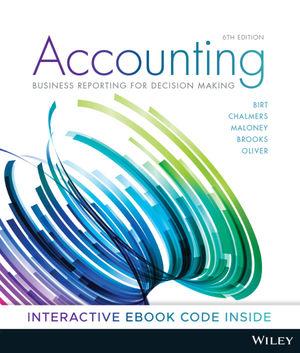Question 1: Cost allocation Product A Product B Total sales volume (units) 360 200 560 Revenue $4,000 $24,000 $28,000 Variable costs: direct materials $800 direct labor $1,600 $1,600 $2,400 $4,000 $5,600 $18,400 $20,000 $16,800 Contribution margin $1,600 Fixed costs Profit $3,200 new homework -A2102, section 13, 2020 e) Allocate the fixed costs between products A and B using the number of units as the cost driver. allocation rates per unit allocated costs for As allocated costs for $ These allocated amounts are very different from what you got in part (a). In general, should we use the allocated costs from part() or from part (e)? Why? use the allocated costs from (a) -- direct labor is always a better cost driver than the number of units use the allocated costs from (0) -- the number of units is always a better cost driver than direct labor It depends -- direct labor can be a better cost driver in some situations, and the number of units (or some other activity measure) can be a better cost driver in other situations 1) Suppose that a firm uses a labor-intensive production process. The most reasonable cost driver for manufacturing overhead costs ist number of units machine hours direct labor (measured in hours or dollars) Suppose that a firm uses a machine-intensive production process. The most reasonable cost driver for manufacturing overhead costs is number of units machine hours direct labor (measured in hours or dollars) 9) Suppose that a firm uses a machine intensive process to make the components for the finished product and then uses a labor intensive process to assemble the finished product. The firm wants to implement a refined cost allocation with two cost pools: Pool 1: overhead costs related to the production of components (eg, machine depreciation, rent for the factory building used to make the components, salaries of machine maintenance staff) Pool 2: overhead costs related to the assembly of the finished product (0.9, depreciation on tools used by assembly workers, rent for the factory building used for assembly, salaries of labor supervisors) The most reasonable cost drivers for the two pools are: direct labor hours or dollars for both pools machine hours for both pools number of units for pool 1 and number of workers for pool 2 machine-hours for pool 1 and direct labor hours or dollars for pool 2








